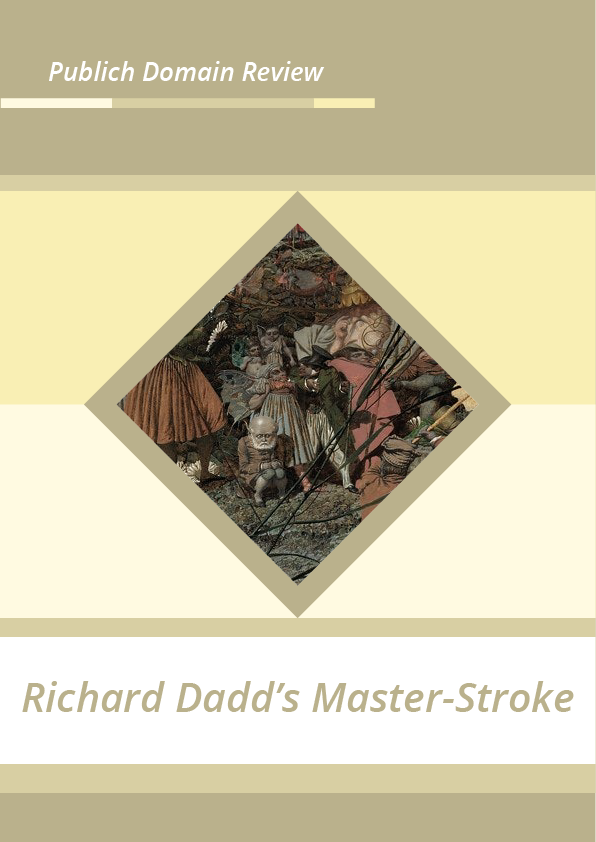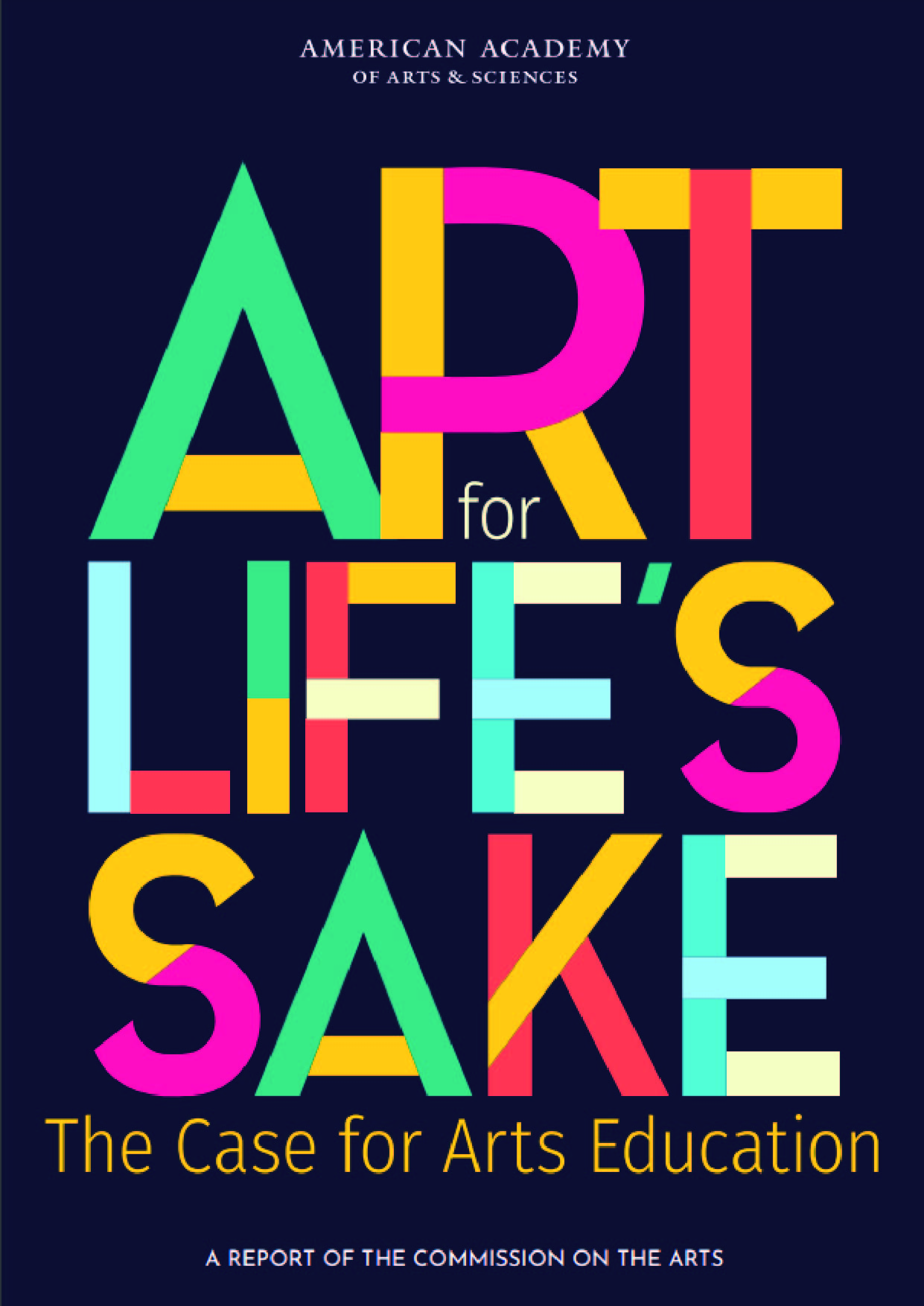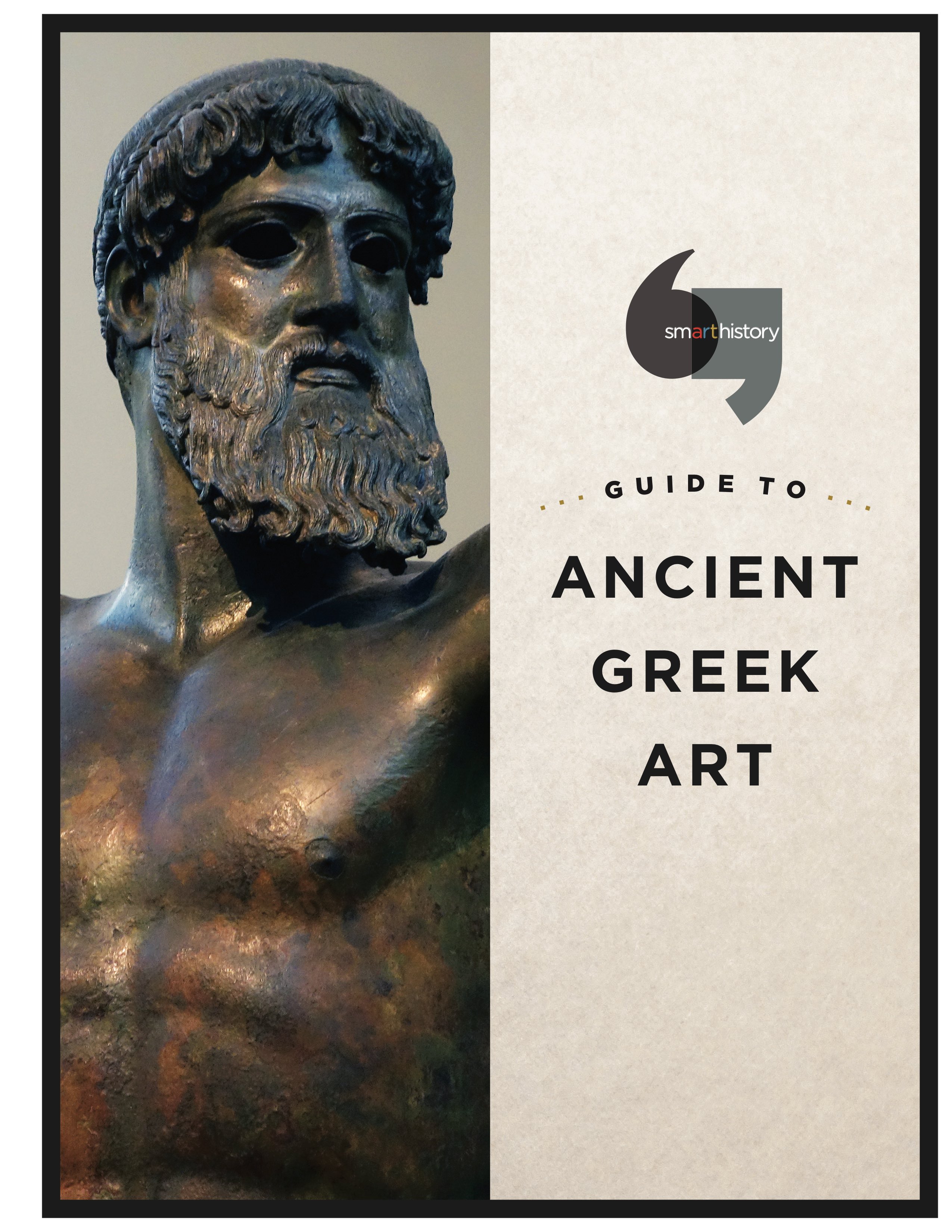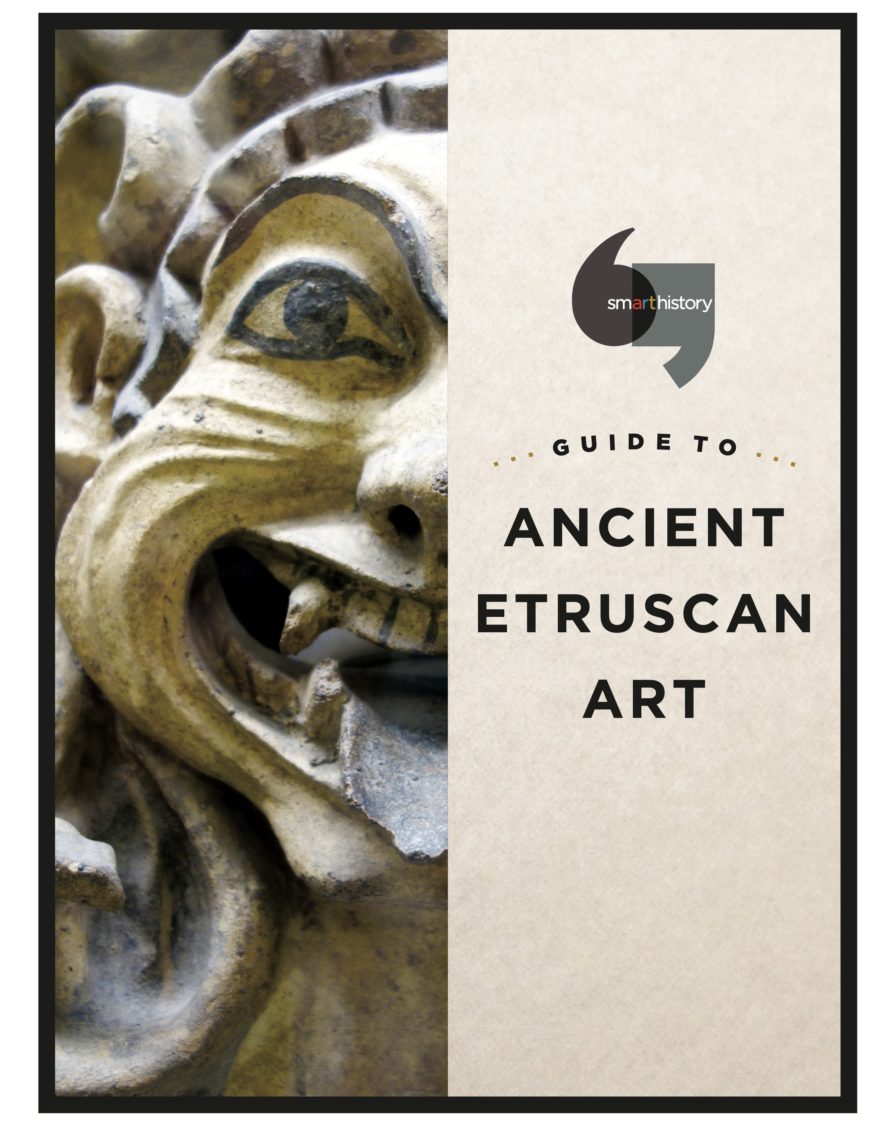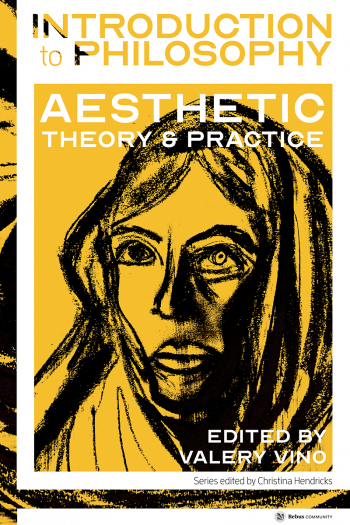Nicholas Tromans, author of Richard Dadd: The Artist and the Asylum, takes a look at Dadd’s most famous painting The Fairy Feller’s Master-Stroke.
Nicholas Tromans teaches at Kingston University, London. He curated the Tate Britain exhibition “The Lure of the East: British Orientalist Painting” in 2008 and his book on Richard Dadd, The Artist and the Asylum, was published last year. He recommends to PDR readers this blog about the history of psychiatry – maintained by Bethlem Hospital.
Richard Dadd was a young British painter of huge promise who fell into mental illness while touring the Mediterranean in the early 1840s. He spent over forty years in lunatic asylums, dying at Broadmoor in 1886, but never gave up his calling, producing mesmerisingly detailed watercolours and oil paintings of which The Fairy Feller’s Master-Stroke is now the most well known. The picture’s history encapsulates the peculiar rise and, if not fall then the suspension, of its maker’s reputation, and indeed begs the question of what happens to any long-dead forgotten genius after they’ve been rediscovered.
Among the symptoms of Dadd’s illness – which sounds today like a form of schizophrenia – were delusions of persecution and the receipt of messages from the Ancient Egyptian deity Osiris. Dadd was commanded to kill his father (or the demon who it appeared to him had taken his place) and did so with efficiency in the summer of 1843, not long after returning from his tour. After an equally well planned escape to France, the artist was eventually admitted to the Criminal Lunatic department of Bethlem Hospital in Lambeth (now the Imperial War Museum) and it was here that he painted the Fairy Feller. According to the inscription on the back of the canvas it took him nine years to complete, although Dadd qualifies this claim with “quasi” (“sort of”) which may mean he only worked at it on and off between 1855 and 1864.
It is an exhaustingly complex image, with a substantial cast of characters, none of whom are doing much with the exception of the “feller” himself who is about to hew a hazelnut in half in order to provide the diminutive queen of the fairies, Mab, with a new chariot. Dadd’s starting point was evidently Mercutio’s teasing speech in Romeo and Juliet in which he imagines in excruciating detail the nightly wanderings of Mab as she seeds dreams in sleepers’ heads, nocturnal visions in which suppressed ambitions and desires reveal themselves. Dadd’s inscription further informs us that the picture was painted for the Steward of Bethlem, George Henry Haydon, and in a long poem (or at least rhymed catalogue) which the artist wrote in 1865, he gives a kind of cast-list as well as offering an account of how the picture came to be painted. It was apparently Haydon who suggested some “verse about the fairies” as a “point from which to throw” – presumably the Mercutio speech which may have been intended by the Bethlem official as a means of encouraging Dadd to revisit his early life before illness had struck, when he had made his reputation as a painter of Shakespearean fairy subjects. Victorian psychiatrists were in any case fond of writing on the “cases” described by the Bard, and Charles Lamb observed how, despite the extravagant imaginative leaps of his fairy scenes, Shakespeare himself presented a kind of inverse monomania, maintaining the thread of sanity even through the most outlandish journeys of the mind.
